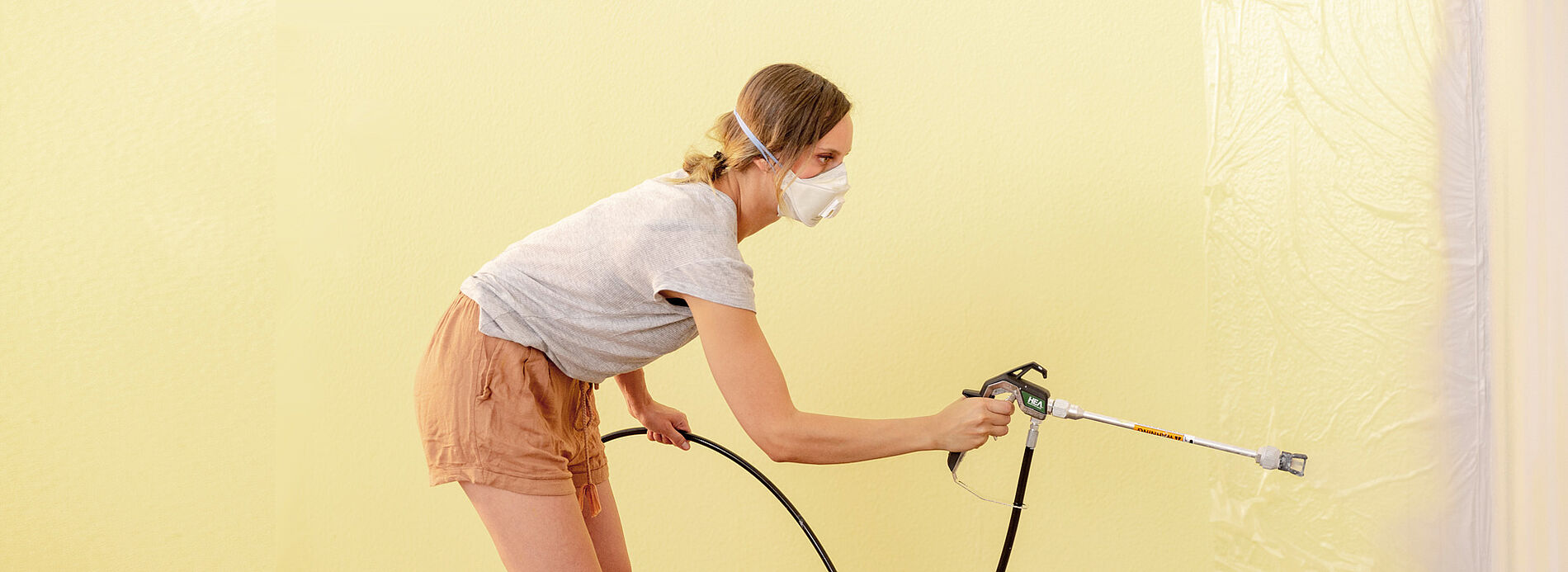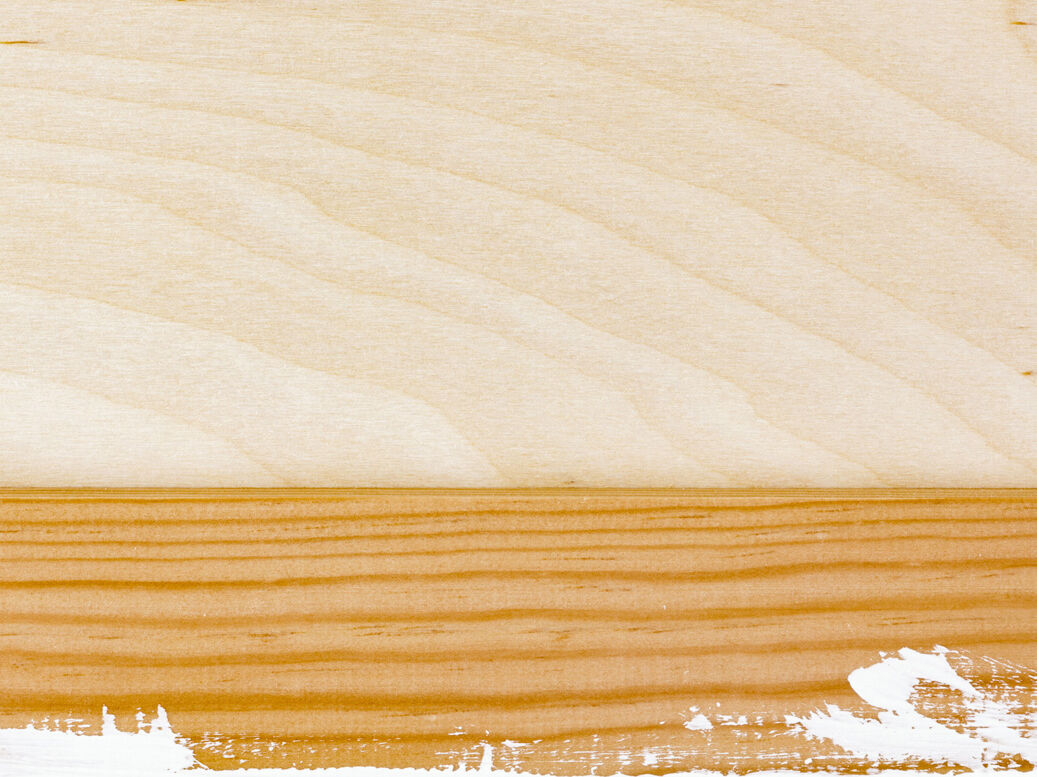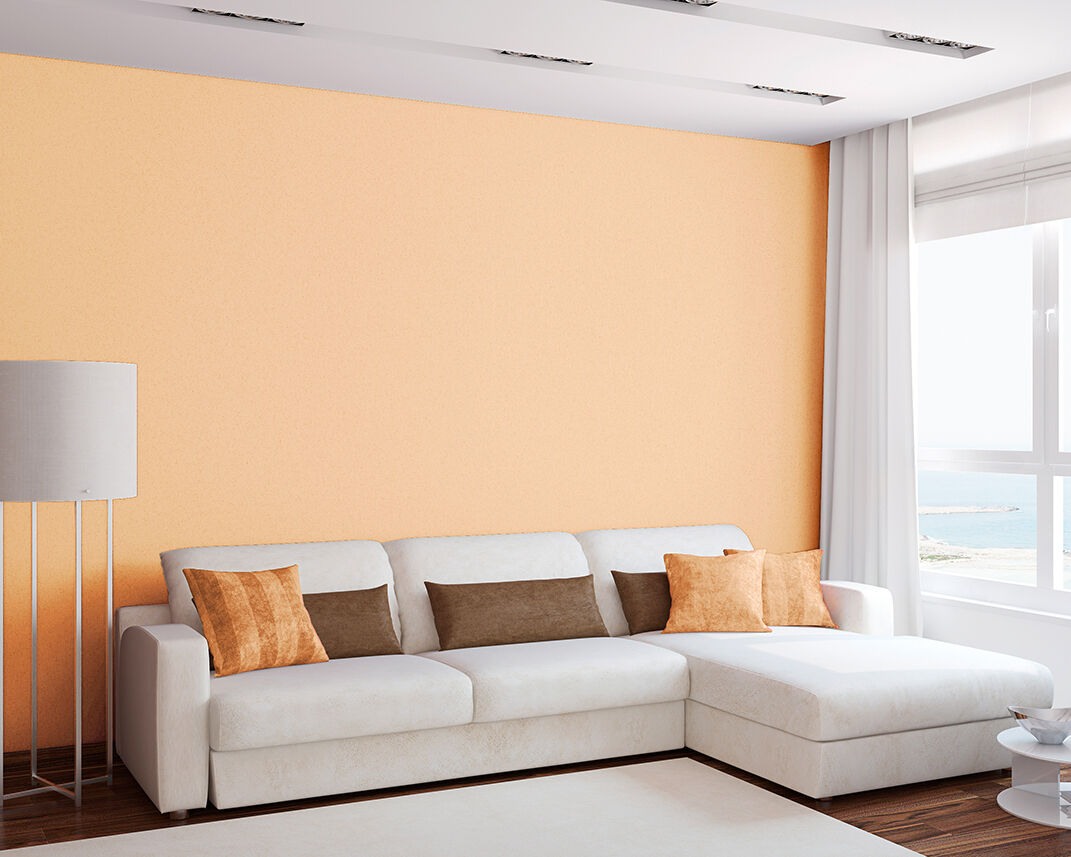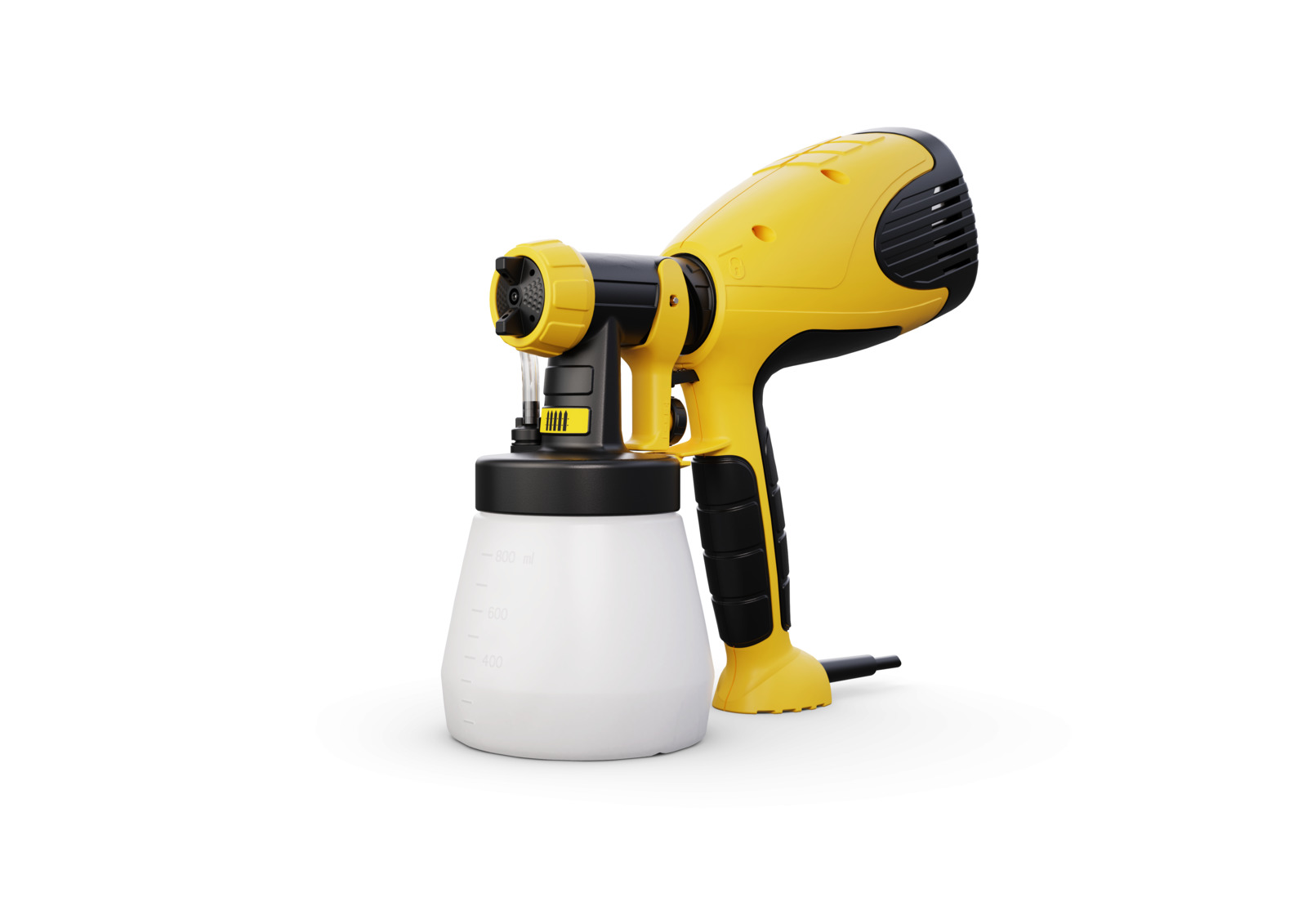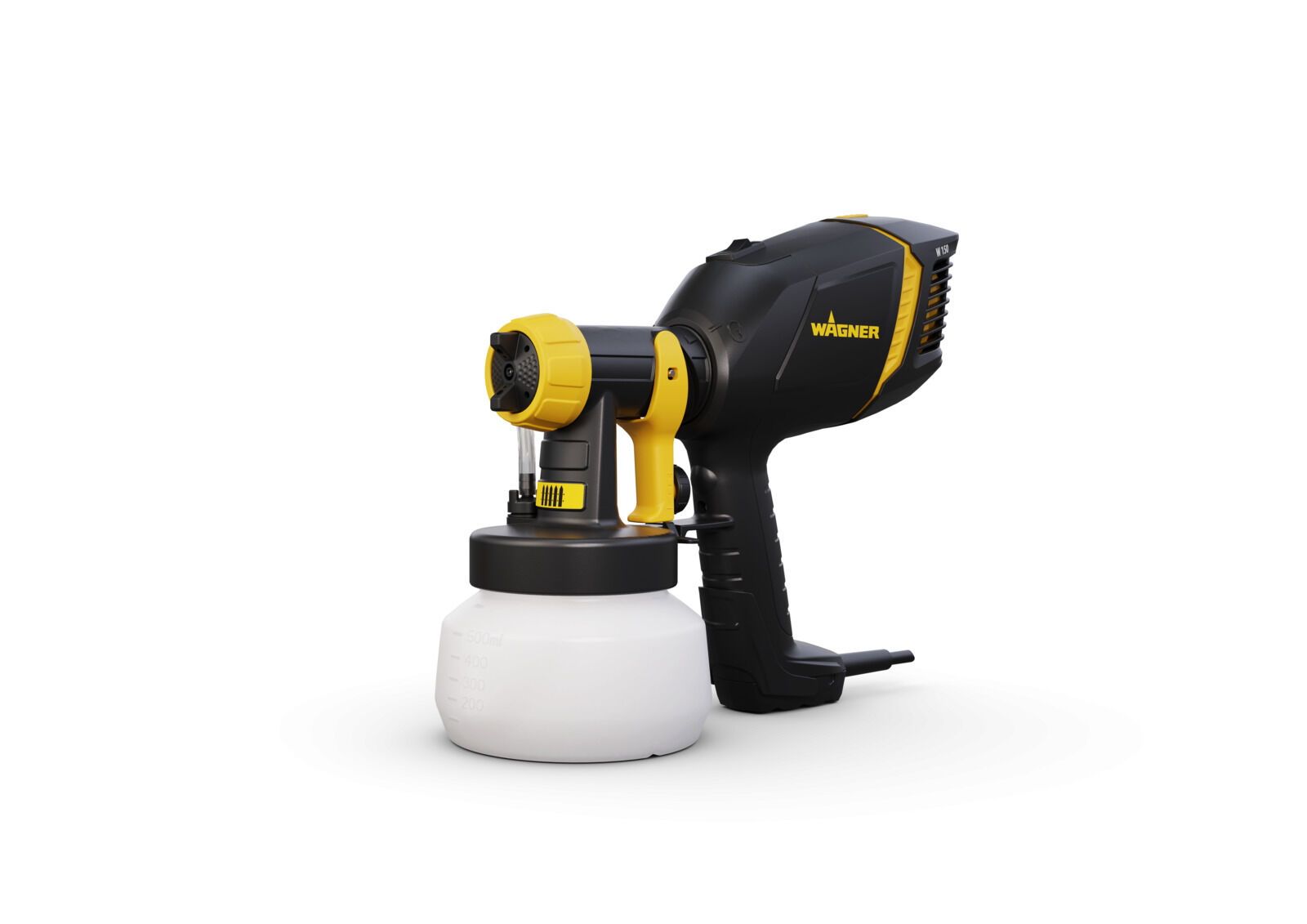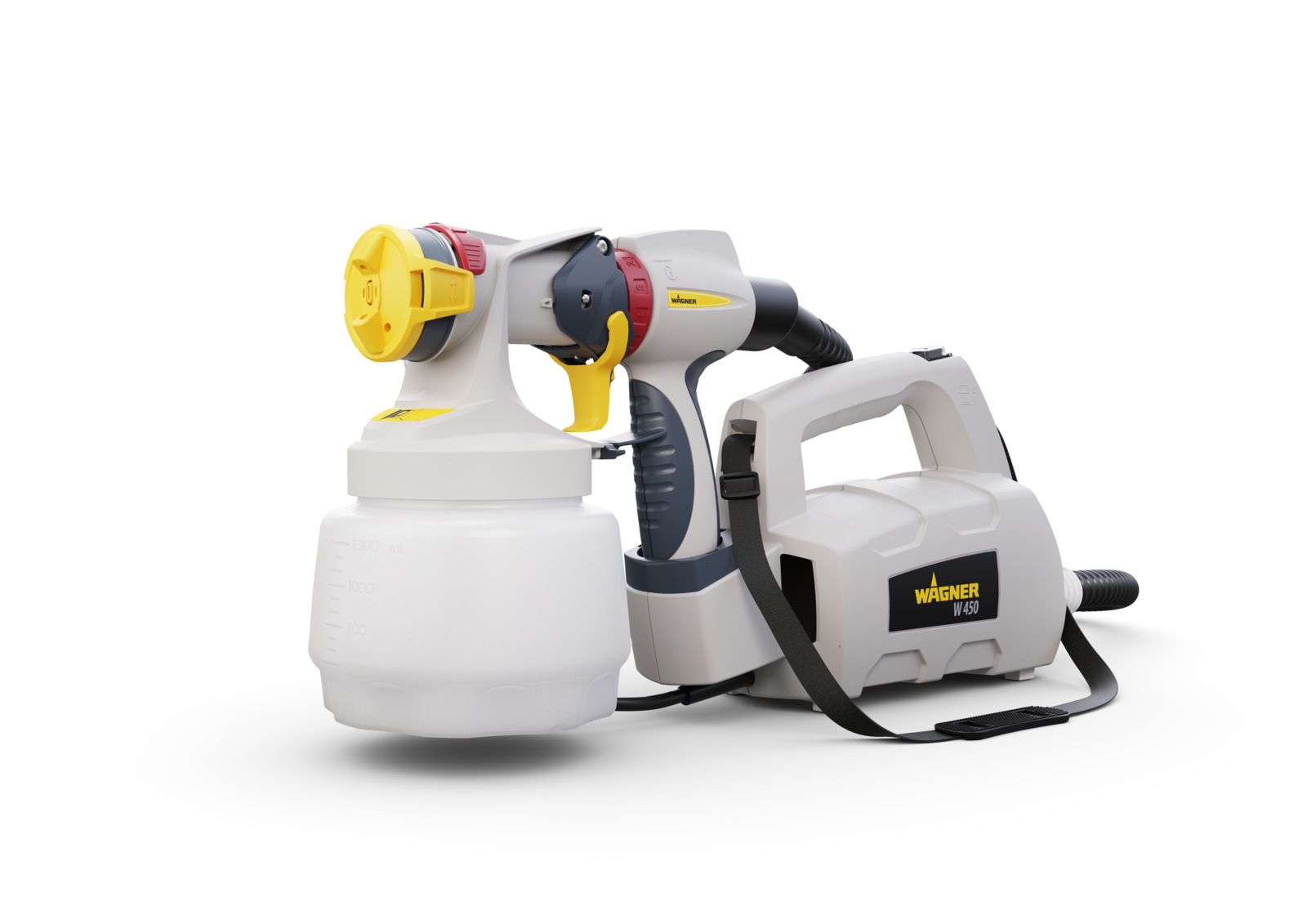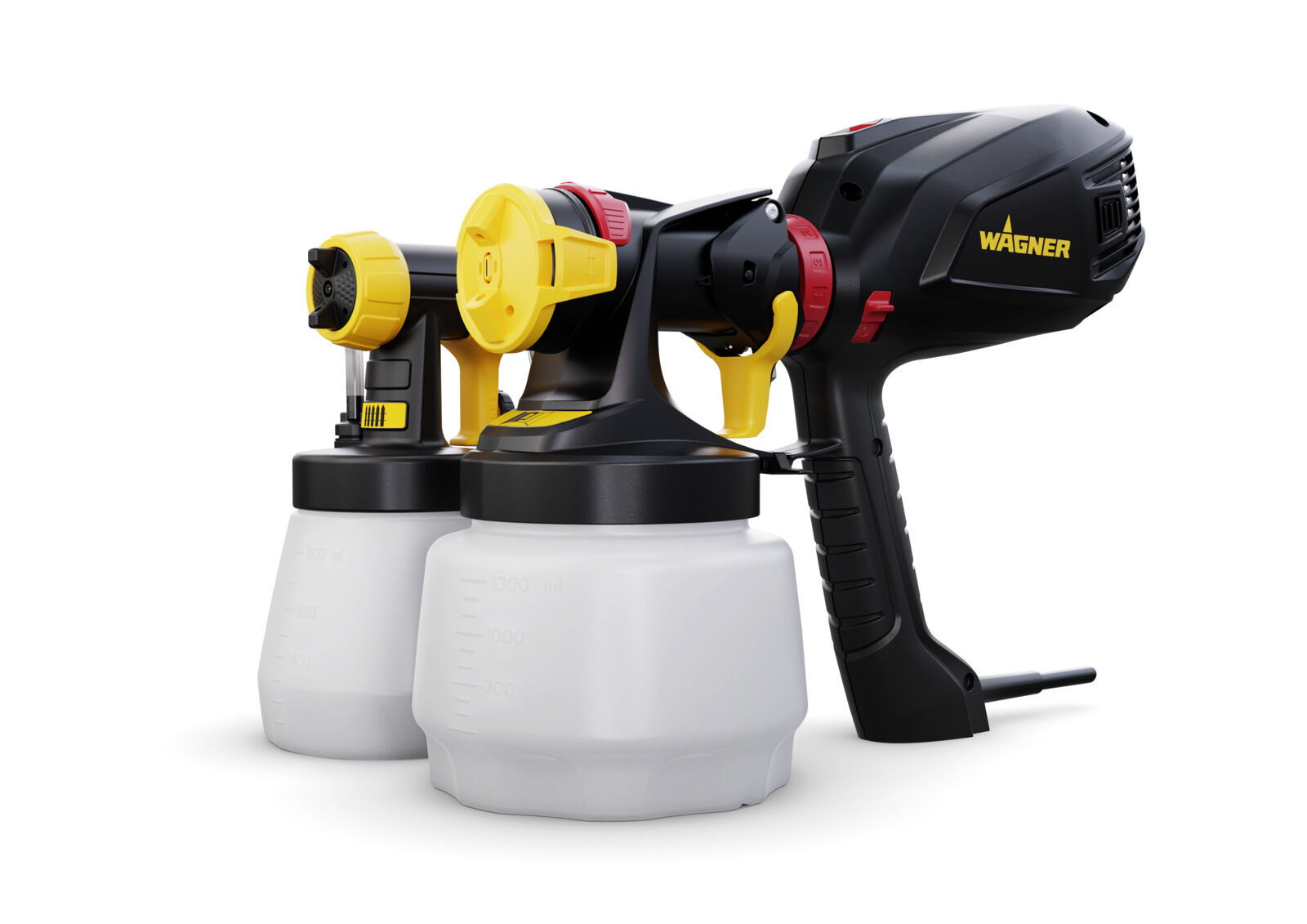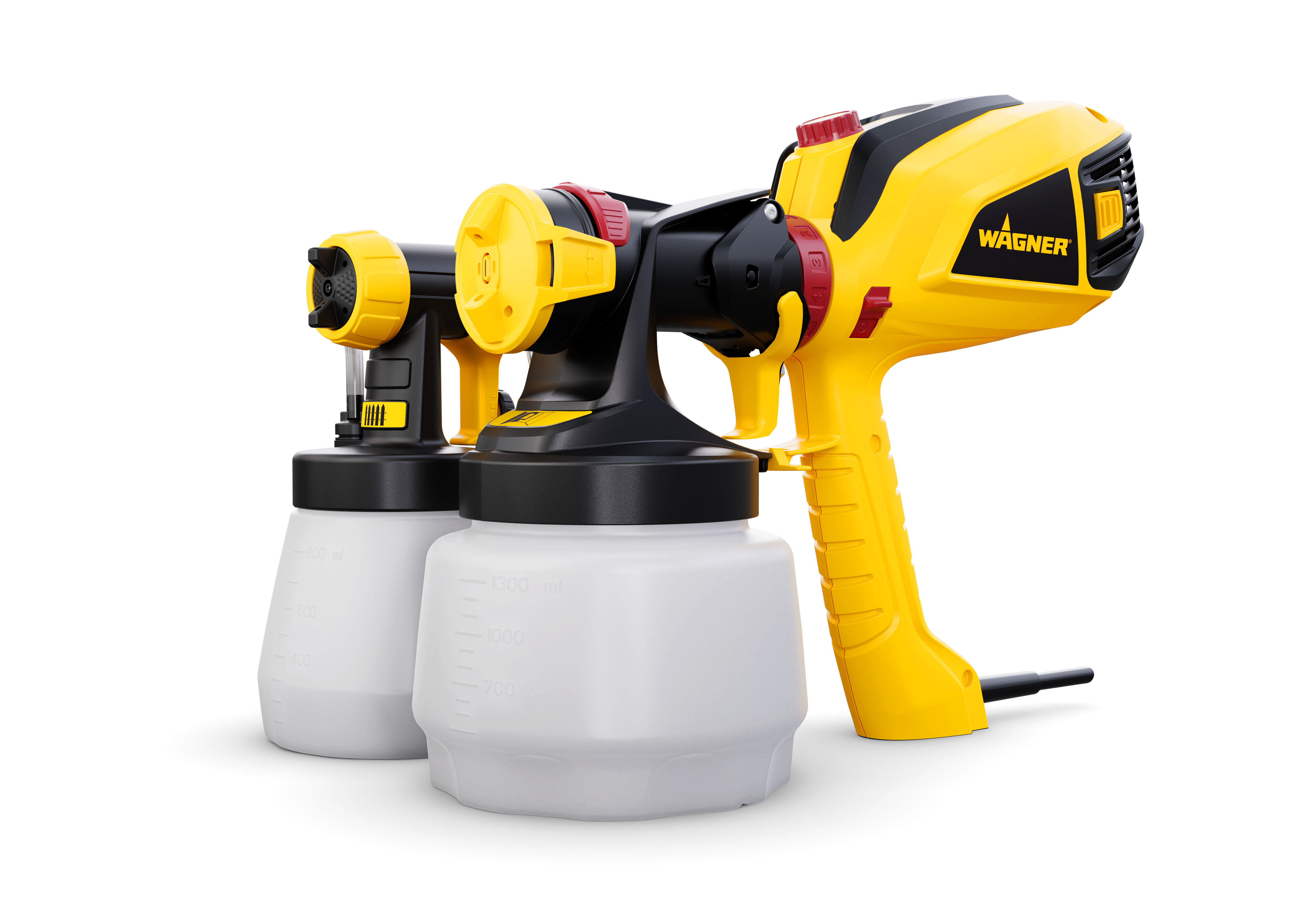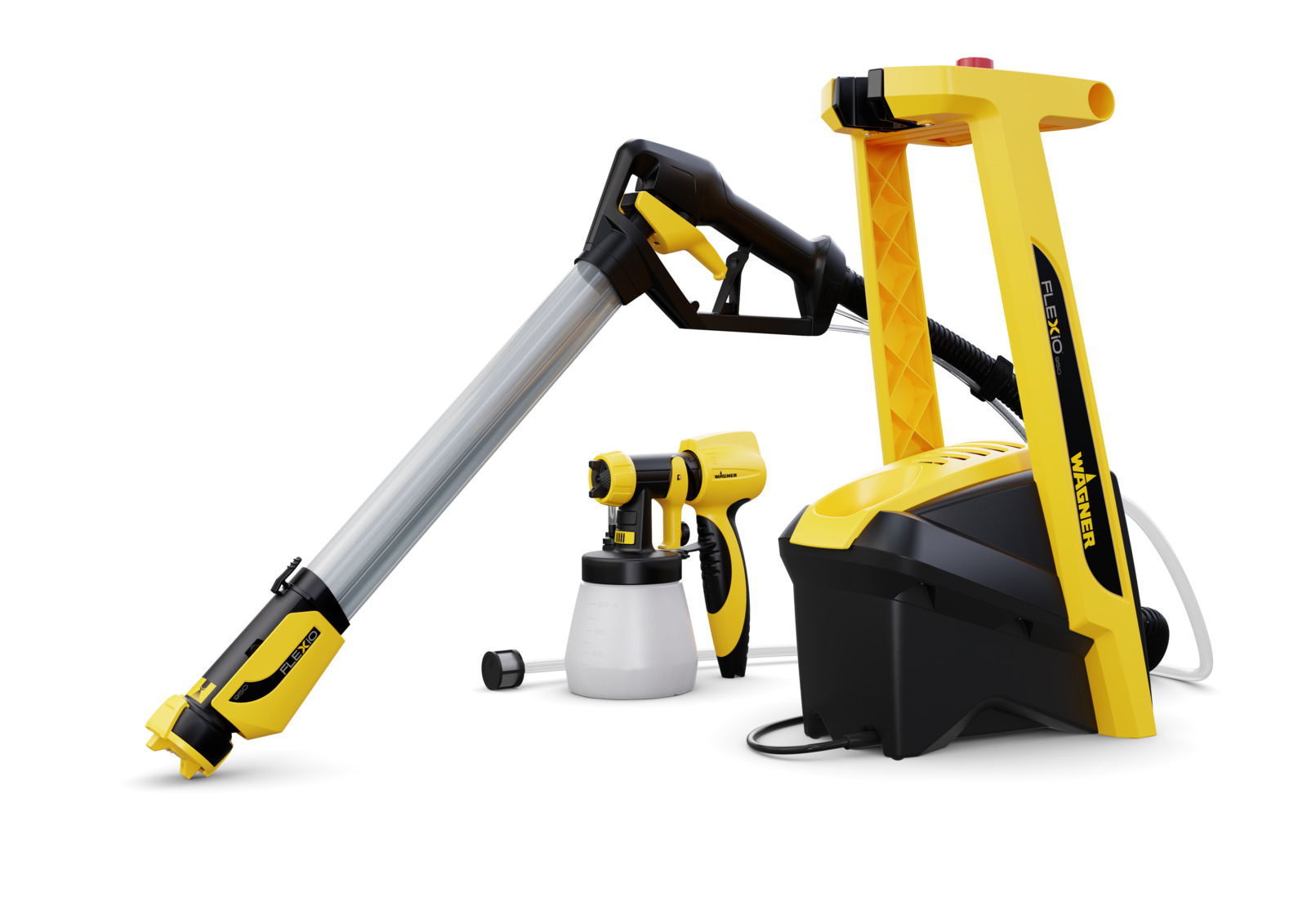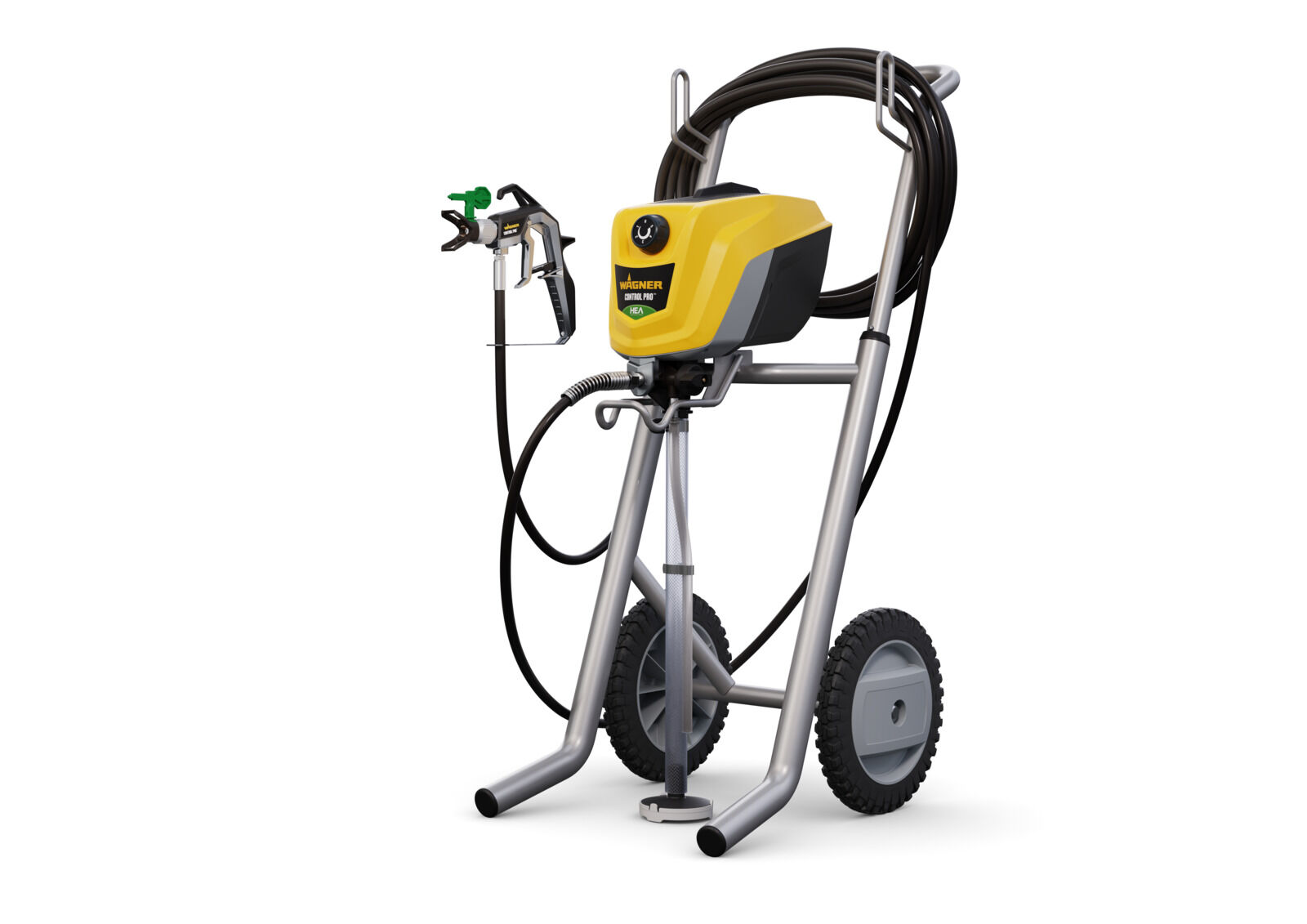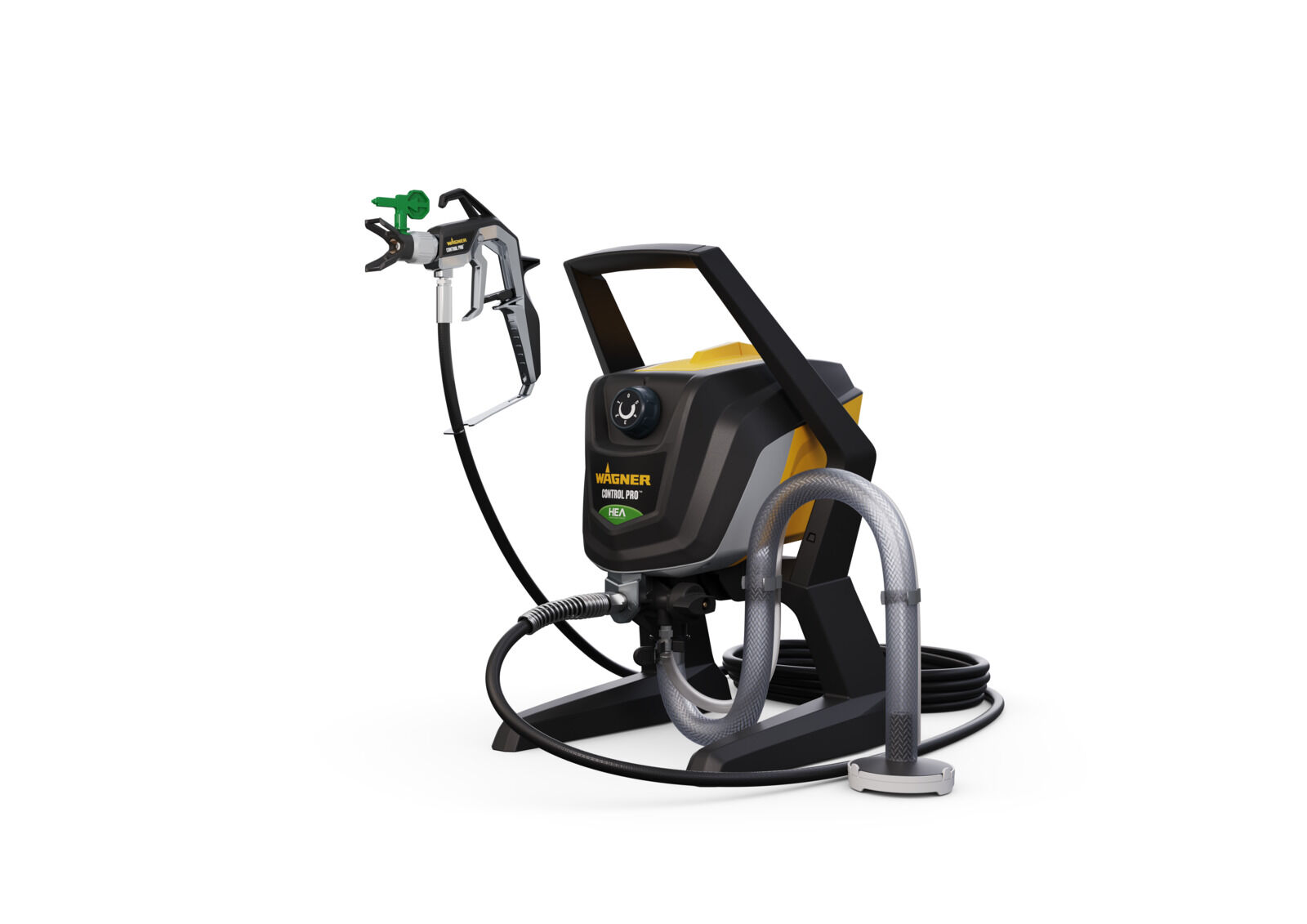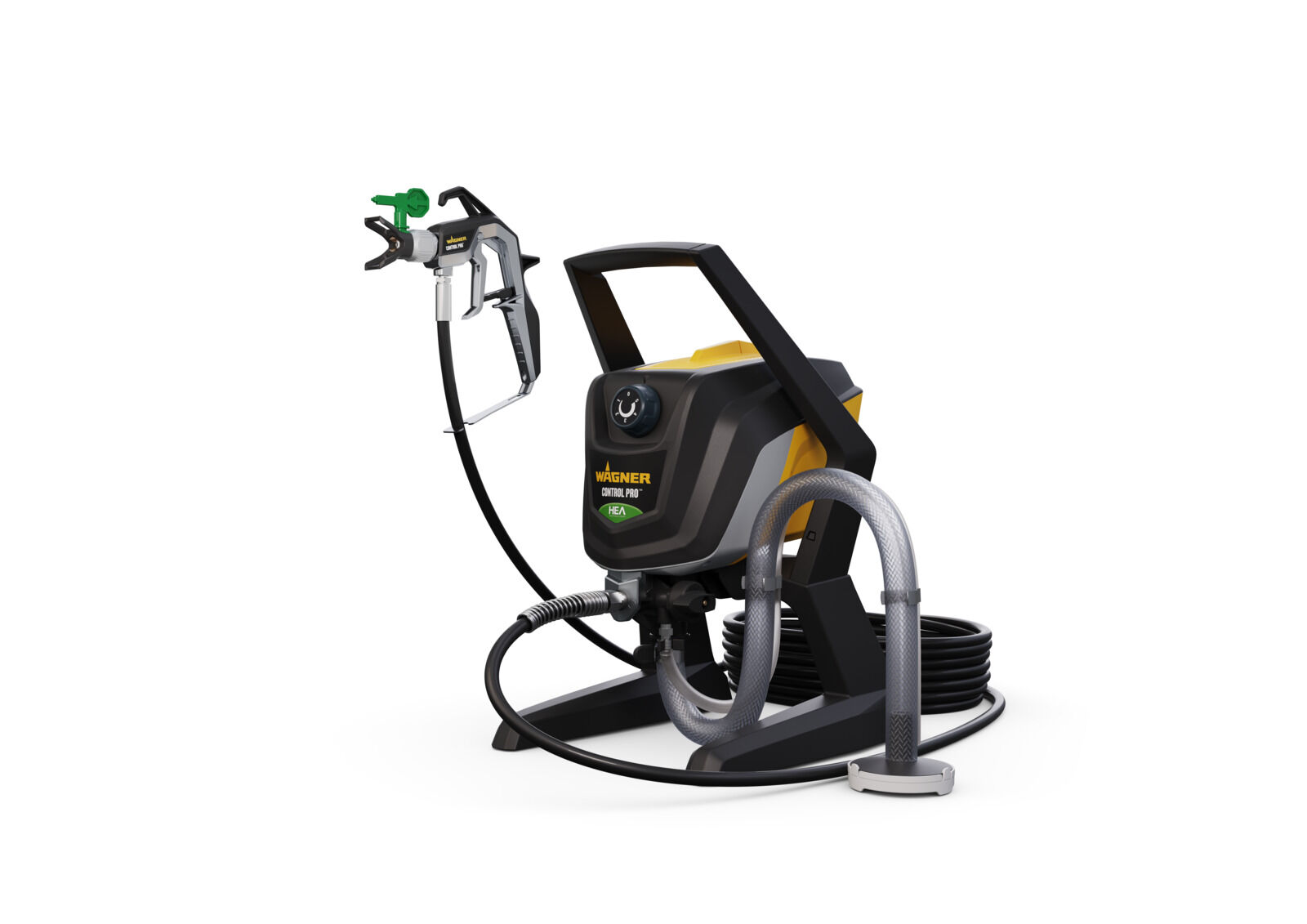Equalisation of different absorption rates
Substrate materials absorb paint relatively evenly across their surface. On a wood panel, for example, there may be a subtle difference due to variations in the wood grain, however such variations are relatively minor.
However, if paint or a similar material is to be applied to a substrate consisting of several different materials, the results may differ significantly. This may also be the case, for example, on any areas of a surface that have been "made good" and on different wall coverings, filled plasterboard and glued wood. Let's take a filled plasterboard sheet as an example: the plasterboard and filler have different properties. If a paint is applied directly, the differences in the material become apparent, for example due to different colour shades or a different level of gloss finish. These differences can rarely be corrected by simply painting over them several times.
A primer is used to adapt the material properties and ensure the coating material produces an even finish.
Substrate materials absorb paint relatively evenly across their surface. On a wood panel, for example, there may be a subtle difference due to variations in the wood grain, however such variations are relatively minor.
However, if paint or a similar material is to be applied to a substrate consisting of several different materials, the results may differ significantly. This may also be the case, for example, on any areas of a surface that have been "made good" and on different wall coverings, filled plasterboard and glued wood. Let's take a filled plasterboard sheet as an example: the plasterboard and filler have different properties. If a paint is applied directly, the differences in the material become apparent, for example due to different colour shades or a different level of gloss finish. These differences can rarely be corrected by simply painting over them several times.
A primer is used to adapt the material properties and ensure the coating material produces an even finish.

